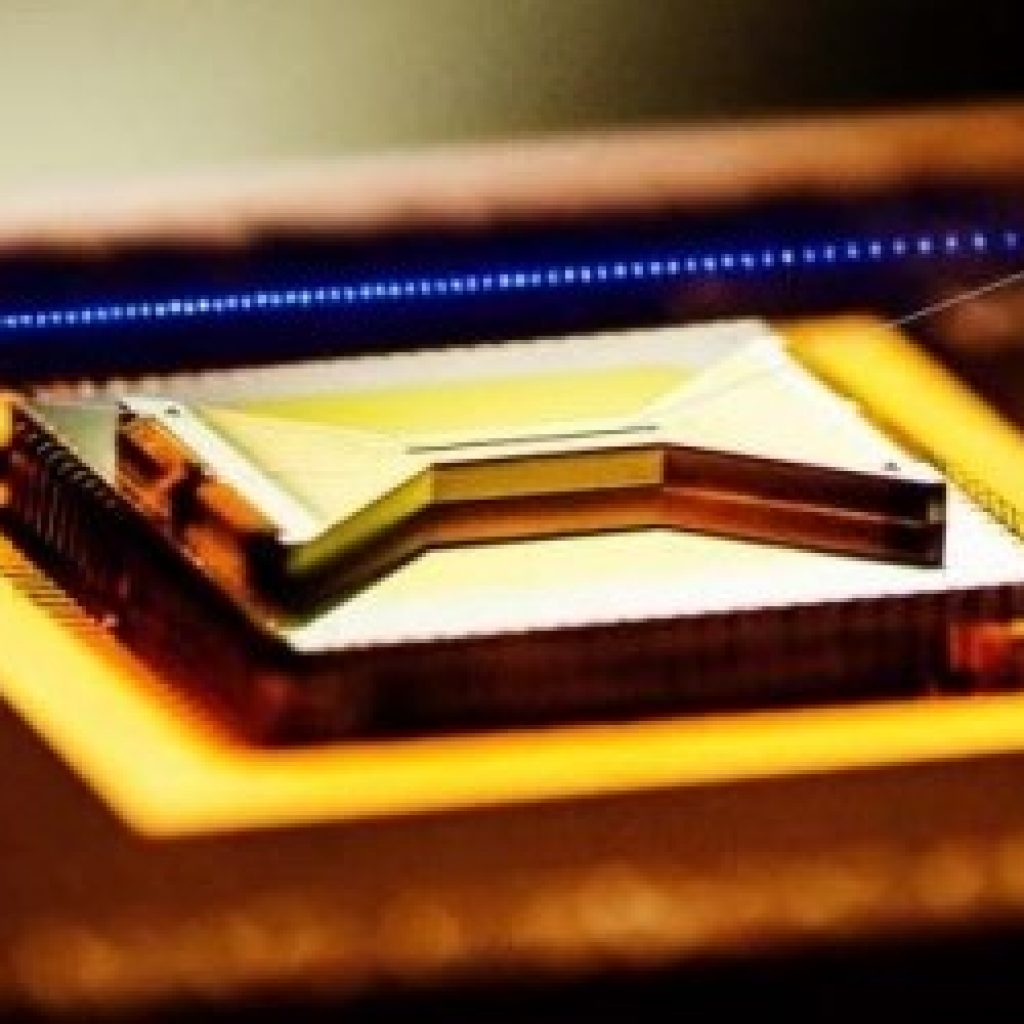(Nature) A technology for building quantum computers that has long been sidelined by major companies is gaining momentum. The spotlight has mostly been on one approach — the tiny superconducting loops embraced by technology giants such as IBM and Intel. Superconductors enabled Google last year to claim it had achieved ‘quantum advantage’ with a quantum machine that for the first time performed a particular calculation that is beyond the practical capabilities of the best classical computer.
But a separate approach, using ions trapped in electric fields, is gaining traction in the quest to make a commercial quantum computer.
Earlier this year, technology and manufacturing company Honeywell launched its first quantum computer using trapped ions as the basis of its quantum bits or ‘qubits’, which it had been working on quietly for more than a decade. n October, seven months after the launch, the firm unveiled an upgraded machine; it already has plans to scale this up.
Last month, University of Maryland spin-out firm IonQ announced a trapped-ion machine that could prove to be competitive with those of IBM or Google, although the company has yet to publish details of its performance. Smaller spin-out firms — such as UK-based Universal Quantum and Alpine Quantum Technology in Innsbruck, Austria — are also attracting investment for trapped-ion projects.
In the past few years, rapid progress in superconducting loops risked leaving trapped ions in the dust. Google and IBM and others have developed machines with around 50 or more high-quality qubits. IBM aims to have a 1,000-qubit machine by 2023.
Trapped-ion qubits, which store information in the energy levels of individual charged atoms held in an electric field, have many inherent advantages, says Sabrina Maniscalco, a quantum physicist at the University of Helsinki. Their operations are much less prone to errors and the delicate quantum states of individual ions last longer than those in superconducting qubits, which although small are still made of a very large number of atoms. Moreover, superconducting qubits tend to interact only with their nearest neighbours, whereas trapped ions can interact with many others, which makes it easier to run some complex calculations, she says.
Trapped-ion hardware isn’t the only one attracting substantial investment. The success of superconducting qubits has opened the doors for various technologies–including silicon-based spin qubits, which store quantum information in the nuclear spin states of an atom embedded in a silicon crystal. In a coup for this technology, Martinis joined Silicon Quantum Computing in Sydney, Australia, on a 6-month sabbatical in September — his first move away from superconducting systems in almost two decades.
The race is also far from being called and a winner may never emerge. It may be that there isn’t one winning platform, but we have a hybrid or different platforms being useful for different tasks.
Trapped-Ion Systems Gaining Momentum in Quest Toward a Commercial Quantum Computer
